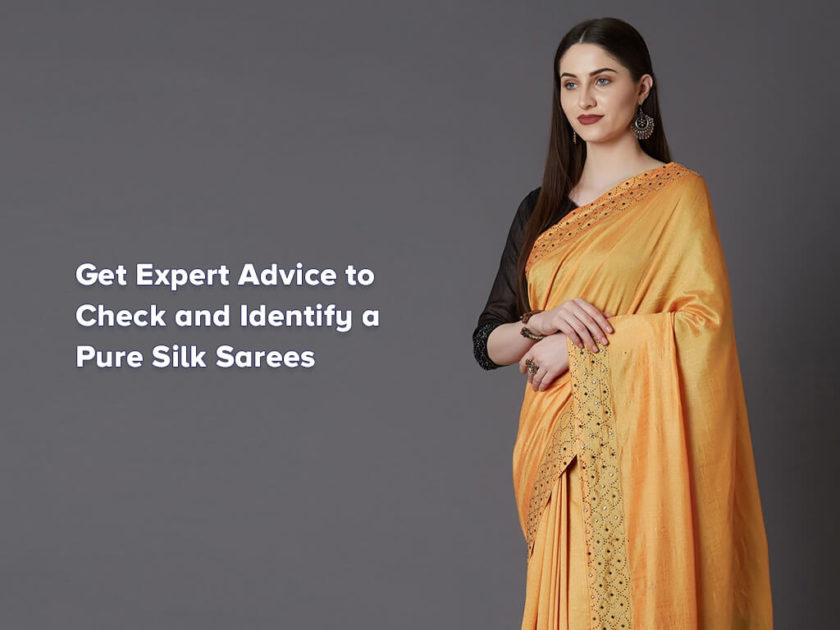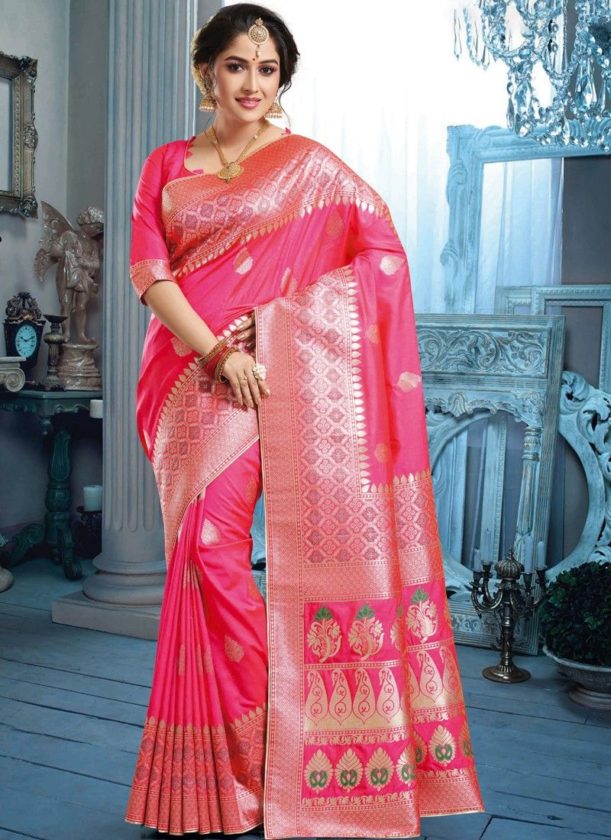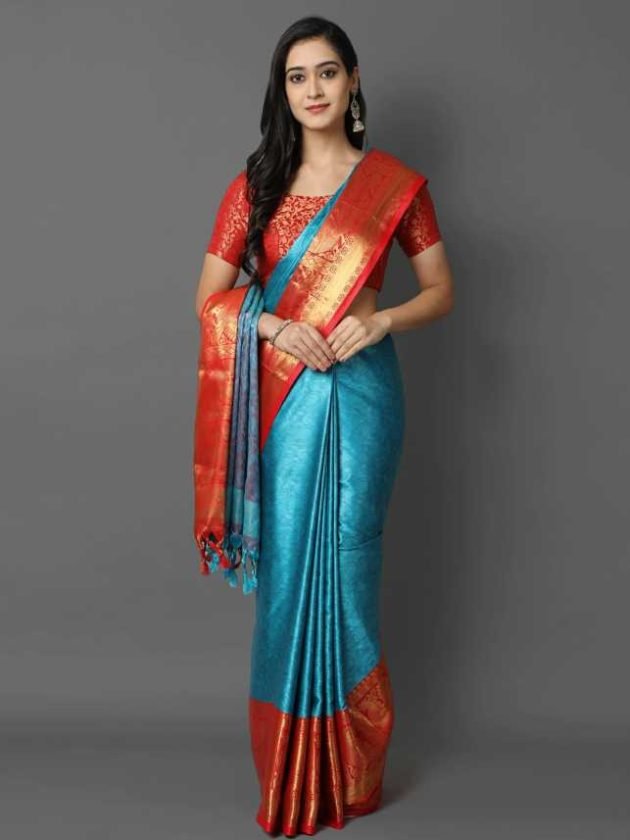
Table of Contents
If you possess classic silk saris, you’ve most likely carefully wrapped them in muslin fabric and placed them neatly in a suitcase with naphthalene balls. That’s because you want to maintain the rich fabric and exquisite work so that when that lovely sari is worn on important occasions, it looks as good as new.
In India, women’s adoration for pure silk sarees manufacturers in Surat is a never-ending passion. It is also true that there are many fake saree goods on the market that deceive buyers. Due to a lack of adequate information in recognising the authentic saree in terms of quality, a customer is duped. If this occurs to you, it’s natural to feel depressed, believing that your money and time were both squandered. Adi Mohini Mohan Kanjilal takes the effort to educate the public on the characteristics of a real pure silk saree by highlighting some of the essential elements. All readers and purchasers are encouraged to go through and check these points before making a final purchase.
But what if, after years of saving, you wear it to a wedding and someone notices that the Banarasi sari you’re wearing is a forgery? To save you the embarrassment, here are some professional techniques for determining whether the silk beauties you own or want to purchase are genuine.
KANJEEVARAM
Pure textiles offer a more vibrant appearance. Scratch the zari to see whether crimson silk emerges from the core to confirm you’re getting a genuine Kanjeevaram sarees. If it does not, it is not a genuine Kanjeevaram weave. “You can pull out the corners of the sari, and if the material that comes out is twisted and extremely delicate, you’re holding real pure silk sarees designs Gautam Gupta says.
Alternatively, if you flip the cloth and find knots, you’ll know it’s 100% handmade. “Now that designers have finished the back section, the depth of the zari is the greatest method to verify for authenticity,” Gupta says.
BANARASI

On the opposite side, look for floats between the warp and weft grids on the sari. “Only a handwoven Banarasi sari will have such warp and weft floats. Another technique to spot a genuine wholesale Banarasi sarees is to look for a six to eight-inch long patch of plain pure silk sarees (additional selvedge in all Handloom textiles) on the pallu, according to designer Rimple Narula. The designs can also help you distinguish genuine fabric from Chinese and Surat-produced knockoffs. “Original ones are likely to include designs like amru, ambi, and domak, which were derived from Mughal patterns, and other similar traditional Indian textile motifs that weavers have employed for generations,” Narula says.
CHANDERI
Detecting a fake Chanderi might be difficult, however it is believed that if you gently brush your hands over the silk, it will sound like you are walking on snow. “The sheer and delicate texture, light weight, and glossy transparency of Chanderi distinguishes it from factory-made fabrics. “It has a warmth to it,” designer Aditi Somani explains.

THE FOLLOWING ARE SOME TESTS FOR SILK TESTING
LIGHT-WEIGHT SILK: The ring test is a classic and simple method since silk is inherently flexible and smooth. The only need is that the silk not be too heavy. Pull a light-weight silk cloth through a ring if you have one. It’s true silk if it can be threaded and pulled through effortlessly.
LUSTRE TEST: Silk has a unique shine due to the mix of strands. As the angle of the light changes, the colour on the surface appears to shift. However, if the pure silk sarees is synthetic, it will have a white sheen regardless of the angle of light.
BURN TEST: Here’s a test you might not want to attempt on your favourite silk. However, if you want to test it, run a loose end of the sari across a flickering flame; if the pure silk sarees begins to smell like burnt hair, it is real. Don’t worry, you won’t damage your sari. Even though you can see the threads burning, most fakes don’t smell at all. “This test only works with pure zari. “If there is polyester, plastic will come out,” Gautam Gupta explains. Here’s one more piece of information: If you are purchasing genuine zari, you may even get an authentication certificate.
PRICE
Of course, money is always a factor when it comes to telling the difference between a real and a fake, whether it’s for a luxury purse or a new silk gown.
Finding a reasonably priced pure silk sarees outfit should immediately set off alarm bells. Pure silk sarees is an exceedingly expensive material, and while some legitimate producers can manage to provide it at affordable rates, anything at an exceptionally low price is usually too good to be true.
In general, real silk costs at least 10 times more to create than synthetic fibres, so you’re unlikely to get a good price when purchasing the real thing. So, that expensive silk blouse you’re eyeing may be composed of a polyester fabric that looks like pure silk sarees.
It is necessary to be cautious, though, because the costs of imitation pure silk sarees are frequently exaggerated in order to make them look authentic. In this situation, we would suggest conducting some background research on the firm in issue, as well as comparing their ostensibly high costs to those of real items.


